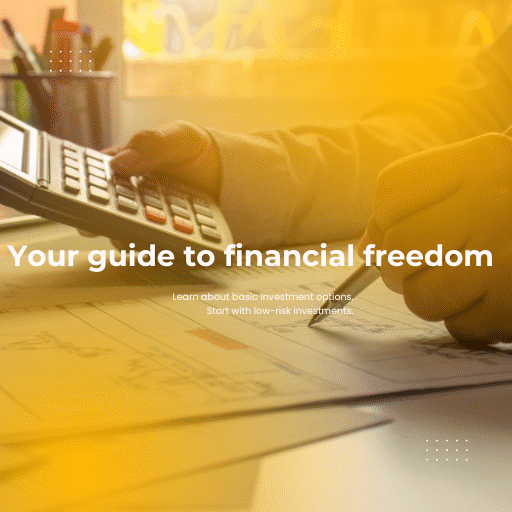Creating an emergency fund from zero can be a daunting task, but it is a crucial step towards financial security and peace of mind. An emergency fund serves as a safety net in times of unexpected expenses or income loss, providing you with the financial cushion you need to weather any storm. Whether you’re just starting out on your financial journey or looking to build up your existing savings, here are some practical steps to help you kickstart your emergency fund from scratch.
1. Assess Your Current Financial Situation: The first step in starting an emergency fund is to take stock of your current financial situation. Calculate your monthly income, expenses, and any existing savings or investments you may have. Understanding where your money is going will help you determine how much you can realistically set aside for your emergency fund.
2. Set Clear Savings Goals: Once you have a clear picture of your finances, set specific savings goals for your emergency fund. Aim to save at least three to six months’ worth of living expenses to cover any unforeseen emergencies.
3. Create a Budget: Establishing a budget is essential for reaching your savings goals. Track your expenses, identify areas where you can cut back, and allocate a portion of your income towards your emergency fund each month.
4. Start Small: If you’re starting from zero, don’t be discouraged. Begin by setting achievable weekly or monthly savings targets. Even saving a small amount consistently can add up over time.
5. Automate Your Savings: Make saving effortless by setting up automatic transfers from your checking account to your emergency fund. This way, you won’t be tempted to spend the money earmarked for emergencies.
6. Cut Unnecessary Expenses: Review your spending habits and identify non-essential expenses that you can trim or eliminate. Redirecting these funds towards your emergency fund will accelerate your savings growth.
7. Increase Your Income: Consider ways to boost your income, such as taking on a part-time job, freelancing, or selling items you no longer need. Supplementing your earnings can help you reach your savings goals faster.
8. Prioritize High-Interest Debt: If you have outstanding high-interest debt, such as credit card balances, prioritize paying off these debts while still contributing to your emergency fund. Reducing interest payments will free up more funds for savings.
9. Build a Separate Savings Account: Keep your emergency fund separate from your regular checking or savings accounts to avoid dipping into it for non-emergencies. Opt for a high-yield savings account to earn more interest on your savings.
10. Review and Adjust Your Goals: Regularly review your savings progress and adjust your goals as needed. Life circumstances may change, requiring you to reassess the size of your emergency fund or your savings timeline.
11. Stay Committed: Building an emergency fund takes time and discipline. Stay committed to your savings plan, even when faced with temptations to spend impulsively. Remember that financial security is worth the effort.
12. Celebrate Milestones: Acknowledge and celebrate your savings milestones along the way. Whether it’s reaching your first $500 or achieving a specific savings target, recognizing your progress can help you stay motivated.
13. Educate Yourself: Take the time to educate yourself on financial literacy and emergency preparedness. Understanding the importance of an emergency fund and how to manage your finances effectively will empower you to make informed decisions.
14. Seek Professional Advice: If you’re unsure about how to start an emergency fund or need guidance on financial planning, consider seeking advice from a financial advisor. A professional can provide personalized recommendations to help you achieve your savings goals.
By following these steps and staying committed to your financial goals, you can start an emergency fund from zero and build a solid foundation for your financial future. Remember, it’s never too late to prioritize your financial well-being and create a sense of security for whatever life may bring.

